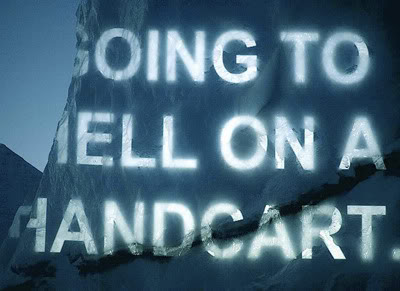
by Shaun Chamberlin | Dec 21, 2011 | 21st December, All Posts, Cultural stories, Reviews and recommendations
David Buckland, text Amy Balkin, ‘Going to hell on a handcart.’, Ice Art “Untitled, 2010” was written by artist Maria Elvorith for The Future We Deserve, a book project about collaboratively creating the future we deserve, set for publication in January...



Recent Comments